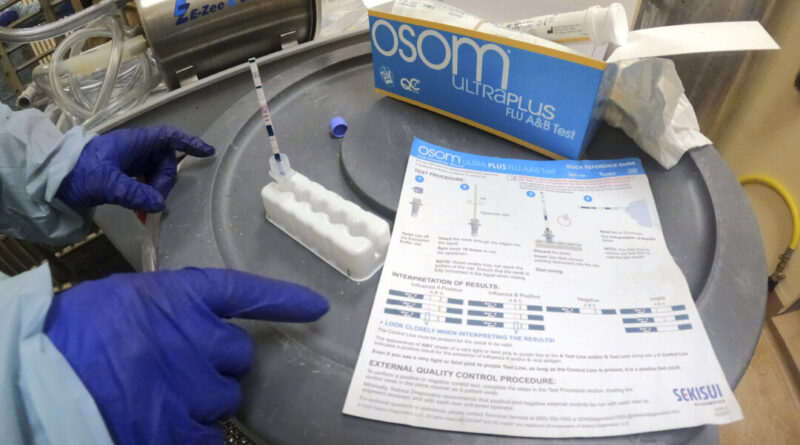Additional States Enroll in USDA’s Milk Testing Initiative to Detect Bird Flu
Fifteen additional states have agreed to join the U.S. Department of Agriculture’s National Milk Testing Strategy (NMTS) aimed at identifying H5N1, also known as bird flu, within the dairy industry.
With this new addition, a total of 28 states responsible for 65 percent of the nation’s milk production are collaborating with the USDA to curb the disease’s spread.
Among the newly participating states are Alabama, Tennessee, and Georgia.
On Wednesday, the USDA announced that it is also investigating vaccine development for cattle and poultry as part of efforts to mitigate the virus’s transmission.
The NMTS, which was initiated in December, mandates the collection and testing of unpasteurized milk samples at USDA laboratories “to enhance biosecurity containment measures and to support state-led efforts aimed at minimizing risk to farm workers who might come into contact with H5N1-infected animals.”
At present, 11 states are at stage two, indicating that they have already initiated state-level bulk tank sampling programs, according to the USDA.
California has reached stage three, indicating the state is actively responding to bird flu detections.
The presence of bird flu was first confirmed in dairy cattle in March last year, leading to an order for testing cattle before interstate travel.
Further actions were necessitated after the virus was discovered in raw milk.
Since the outbreak commenced in March, over 110,000 milk samples from both domestic and wild herds have been tested by the USDA’s National Veterinary Services Laboratory.
In the past 30 days following the program’s initiation, bird flu has only been detected in dairy herds located in California and Texas.
“Although the risk to humans remains low, we are continuously preparing for any potential scenarios that may emerge,” stated HHS Secretary Xavier Becerra. “These investments are crucial for maintaining our disease surveillance, laboratory testing, and monitoring initiatives in collaboration with our partners at the USDA.”




